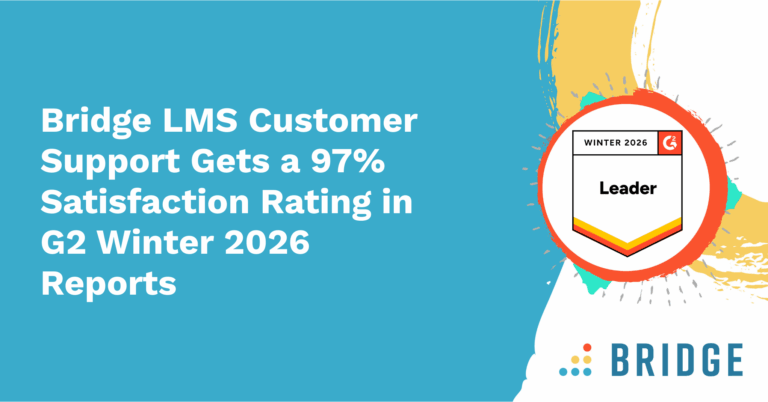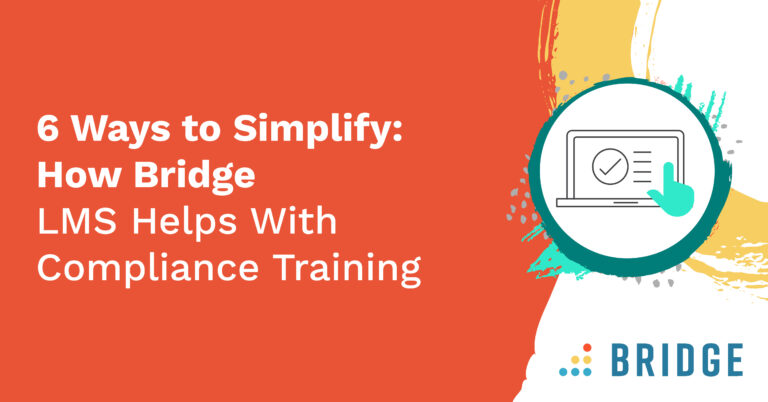Today, there is a great deal of debate about what the future workforce will look like.
With the prospect of lockdown restrictions lifting considerably over the next six months, many organisations are planning what their workforce will look like after the summer. And the majority seem to be adopting a hybrid approach – one that balances the constraints of office life and the flexibility of working from home.
Now, the hybrid work label covers a multitude of sins. There is no universal definition, but it essentially embraces the WHERE, WHEN, HOW and WHAT of work. David Perring, Director of Research at Fosway Group, Europe’s #1 HR industry analyst, reflects on each of these in the context of what is happening elsewhere and asking what each means for your organisation.
The WHERE of Work
The overwhelming consensus is that homeworking is here to stay.
As early as July 2020, a CIPD survey highlighted that employers expect almost 40% of people to work regularly from home after the pandemic has passed – practically doubling pre-COVID-19 levels.
Many organisations are placing their bets on their future organisation by taking practical step to embrace hybrid working in ways that would have previously been unthinkable. In a report from the FT, companies expect workers will split time between the office and home. HSBC expects its property footprint to shrink by 40%. Organisations like Deutsche Bank are moving ‘towards the implementation of a hybrid future working model, combining the benefits of flexible working with the benefits of spending time together in the office’.
But the pro-hybrid working position is by no means universal. Goldman Sachs CEO, David Solomon’s view is that the current trend towards working from home is an ‘aberration’.
It is clear that finding the right balance around where we work is going to be key for HR policies in 2021 and potentially something that is going to polarise employers. In reality, how long David Solomon can stand against the tide of change is unclear. With the continued shortage of skills, demand for talent will inevitably loosen constraints about where people work. Office-only strategies ultimately doom their proponents to an ever-dwindling talent pool. Hire the best available, not just those in proximity.
By making choices of talent – not geography – first, organisations are making profound changes to what is means to work there. By actively recruiting people who don’t adhere to the office culture, the office is no longer the focus of work – so organisations have to focus on the outcomes of work to define the culture.
But the reality is that the true hybrid approach comes from embracing diversity. This is not about a homogenous remote only, hybrid only or onsite only workforce.
There will always need to be on-site workers – people who work in areas such as manufacturing that require them to work primarily onsite in the plant, warehouse or office. There will be an increasing range of hybrid workers whose work does not require them to work in an office, but who need to meet intermittently in-person to increase their effectiveness. There will be remote workers who can work from anywhere and don’t require any in-person contact or an office. The real art of getting this right is encouraging ownership from teams and their customers to understand what works; and having the openness to refine and develop that working pattern so it is effective for both with and across teams.
The WHEN of Work
Hybrid working also means being flexible about the time work happens.
The worst of the challenges of combining home schooling and home working are hopefully over, but its echoes will persist. With ageing western populations, and an increase in caring responsibilities – as well as a fresh focus on family wellbeing post-pandemic – a growing elasticity of working hours is an inevitable part of the new normal. The expectation of a straight 9am-5pm is evaporating – especially for remote workers. The growth of asynchronous working has expanded the boundaries of the working day. A study of 3 million remote workers last year showed that people were working longer hours. On average, they found that the length of the average working day had increased by 8.2% or nearly 50 minutes. So, flexible working isn’t just a one-way street.
The HOW of Work
Hybrid working only becomes truly effective when how we work evolves too.
In a hybrid working world, how work gets done is probably the most significant shift to work – more so than the obvious where and when of work. This is not about the technology of distance working and virtual collaboration. Yes, the technology is a great enabler, but it is the approach to work that matters the most.
One of the most inspirational advocates of flexible working is Sigve Brekke, CEO of Telenor, who has adopted a TIGHT-LOOSE-TIGHT approach to work well in advance of the pandemic. Essentially, managers are tight on outcomes, loose on how individuals and teams deliver those outcomes, and tight on follow-up. As Linda Wetterborg of Telenor says:
“The company has embraced the tight-loose-tight principle, in which you have to be tight on setting expectations and giving direction, loose on giving people the freedom to find the best way, and then tight again on the follow-up and holding people accountable.”
Linda Wetterborg, Telenor
In her view, to manage flexible, hybrid working well does mean stepping away from traditional command and control management styles.
“In terms of how we achieve the goals I put my trust in the team and encourage them to try out ideas and make decisions and learnings. I want the strategies, plans and activities to come from them and I want them to feel that they can self-manage as a team without fear of consequences.”
Linda Wetterborg, Telenor
Are We Great at Virtual / Remote Working Today?
Unfortunately, there is still a lot to learn about how to work sustainably from home, and how to maintain productivity in a remote workplace. Whilst we have come to understand the tools of virtual working, mastering the teaming culture, understanding the interplay of teams and expectations and workflows is something most organisations still need to perfect.
The evidence would indicate that most of us are struggling to making virtual working work for us as individuals. The productivity surge from virtual working is coming at a cost to our people’s mental health. In a study by TalkOut, over a third (35 per cent) reported worse mental health now compared to before the pandemic. A staggering 75% of employees say they’ve faced burnout at work, with 40% saying they’ve experienced burnout during the pandemic specifically.
We need to learn as individuals, teams and organisations to create a more sustainable relationship to delivering results and building our virtual company culture. The human touch of working as a team is too easily ignored when we only transition working practices and not connecting and social behaviours into the virtual workplace.
Hybrid working will fail if we do not learn from some of the more painful lessons from lockdown. When we come together in face-to-face places and spaces in the future, it needs to be with a richer purpose of supporting, sharing, connecting, creating and energising – not just for the sake of it.
The WHAT of Work
What work people did in an organisation has traditionally been tied to their role / job description. But one of the most interesting evolutions in organisations has been the emergence of a more fluid approach to what work you do.
Rather than being based purely on your role, what has been accelerating over the past year is individual’s work being more about what work matches their skills and personal development. The use of internal talent marketplaces, along with the fragmentation of work into projects and gigs, has opened up what work individuals in organisations get involved in. Yes, people retain their core job roles, but they also get access to other work which aligns to their career aspirations and up-skilling priorities.
The impact on organisational resilience, organisational agility, people development, skills growth and employee engagement has been enlightening for organisations who have adopted this approach.
The underlying shift is driven by an appreciation that, in order to drive more agile organisations, what work people get involved in and how we engage workers in projects also needs to change too. But this is not just about organisational efficiency and effectiveness. This is also about the most important question that all organisations need to wrestle with…
What Makes People LOVE Working Here?
And this is possibly the most important point. All leaders need to deeply understand what makes people love working in their organisation! The answer to this is the gateway to reimagining work, redefining our virtual/hybrid working relationships and sustainably energising our people to perform – no matter where they are. It’s the key question we need to ask across the organisation, if we are to get the where, when, how and what of work right.
Whilst this might not end up being the radical reset to work some might have predicted, this has accelerated some underlying trends that existed before the pandemic. Everyone is starting from a different base level and possibly the most important things any of us do is listen to what teams say is working in your organisation. For some the leap in approach will be huge, for others it will be incremental. But what it will never do is stop changing. The social, economic, environmental pressures are now too great to stand still.



